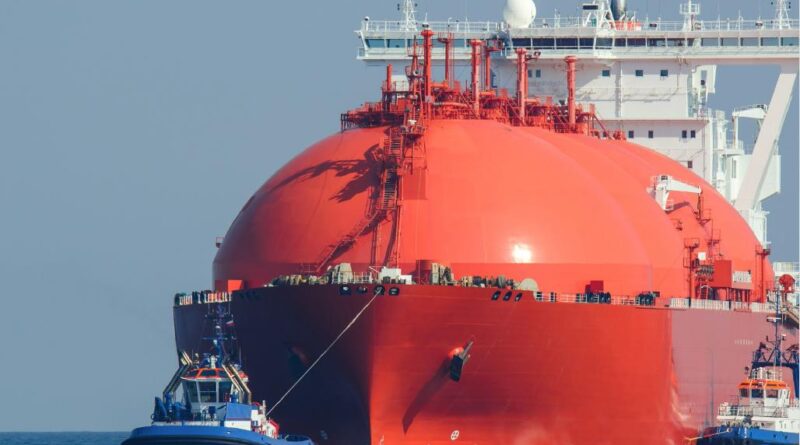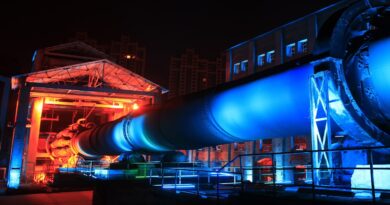Reliance on gas is a hard habit to break
Europe is in the grip of an energy crisis. Piped gas imports from Russia are 80% down on last year, sending prices through the roof. Unfortunately, with quick and easy fixes in short supply Europe’s reliance on gas – and its critical role in setting power prices – will take time to resolve.
Like the market for commodities such as oil, copper and wheat, the current market model in the European power sector is based on marginal pricing. Essentially, that means that market prices are decided based on the variable cost of the most expensive source required to serve demand.
With gas-fired generators providing Europe’s marginal power supply, gas costs are the major factor behind current high power prices.
GAS IS NOT ONLY POWER SECTOR CHALLENGE ADDING PRICE PRESSURE
High gas prices are clearly a significant issue, but they aren’t the only problem the European power sector faces.
Major losses of electricity production from nuclear and hydro have defined Europe’s power supply mix in 2022 so far. In France, safety inspections and repairs have caused a loss of over 60 TWh in nuclear output over the first three-quarters of the year – with annual production likely to fall beyond a 30-year low – while in Germany the retirement of three reactors at the end of 2021 has meant the loss of over 25 TWh of generation so far this year. Germany will now retain its three remaining reactors in case of emergency. In France the ongoing inspection programme means 2023 production estimates are little better than for this year.
Meanwhile, Europe’s drought has led to a 60 TWh reduction in hydro generation, while low river levels have also put some coal deliveries at risk. With this year’s summer heatwave increasing air conditioning use, overall demand losses have remained small. As a result, the sector has very few options to boost supply, the contribution of gas and coal generators have both increased.
SHORT TERM ACTIONS
Wind (up 34 TWh) and solar (27 TWh) have partly filled the gap in supply. However, solar will contribute far less over the winter, while low reserves mean hydro can be of little help to redress the short-term supply imbalance.
Switching away from gas will therefore mean using more coal, plus nuclear and, to a far lesser extent, oil. Unfortunately, the ability of all three is limited, although Germany is allowing mothballed coal plants to restart and postponing closures. Coal generation is up 30 TWh year-to-date, but this is almost entirely in Germany and Italy.
So far power demand has remained relatively resilient but the EU has acted to bring forward arrangements to procure load reduction during peak periods and encourage steps to lower overall demand. However, interruptions or selective rationing cannot be ruled out as a last resort to maintain supplies to critical and vulnerable consumers.
LONGER-TERM IMPLICATIONS
Marginal pricing has worked well in a market comprising a mix of technologies with differing characteristics. However, the continued growth of renewables, with their near-zero marginal costs, makes changing to an alternative market model almost inevitable at some point. But while governments and legislators naturally want to limit consumer costs, they must be careful not to discourage ongoing investment in low-carbon generation and ensure the market is flexible enough to support them.
The full report on which this article is based is the first in a series of insights on the impact of the energy crisis on the European power sector. In future reports, clients of our research will be able to access our latest analysis, data and research on the changing market background and how governments and regulators are responding.




